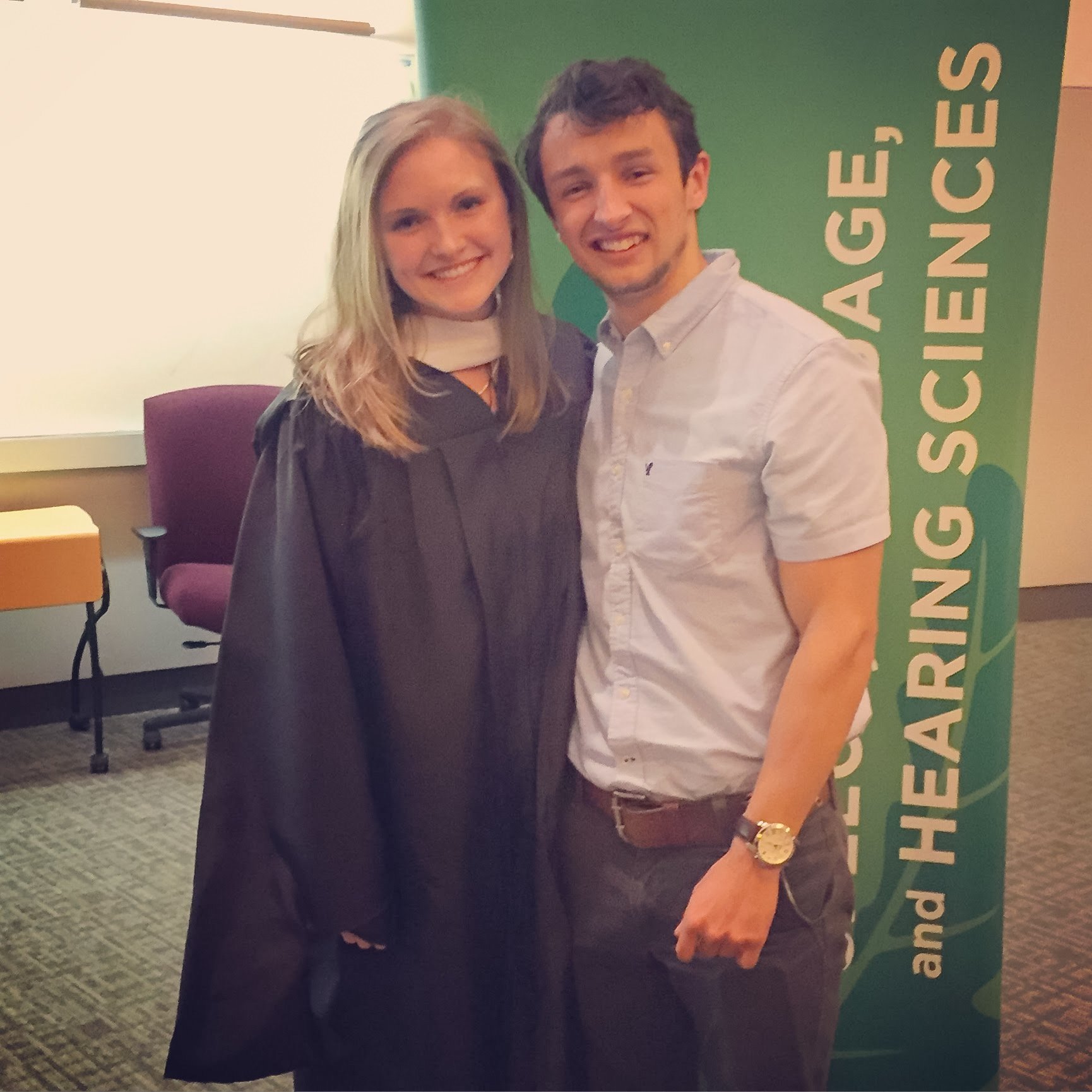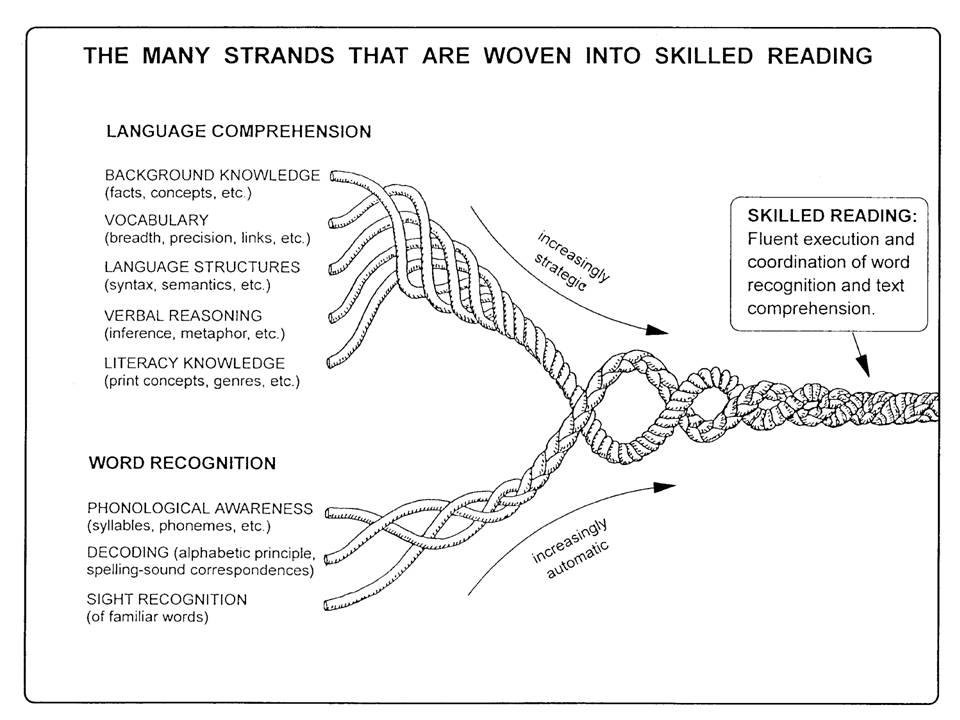How Can an SLP Help My Child with Reading and Writing?
Speech-language pathologists (SLPs) can provide skilled therapy addressing all sorts of communication and even feeding skills. Today, we’re going to hone in on literacy and why SLPs are a fantastic option for improving your child’s reading and writing skills.
First, let’s talk about who an SLP is to give you an idea of their qualifications. SLPs complete an intensive 2-year masters program composed of a variety of courses in communication and feeding development and disorders. They also complete numerous clinical practicums where they train under a clinician to put what they learn in the classroom into practice. Once the SLP graduates, they spend approximately 9 months working as a clinical fellow to further develop their clinical skill. When the fellowship is complete, the SLP applies for the Certificate of Clinical Competence (CCC) through the American Speech-Language Hearing Association and licensure through their state.
But, the learning is not over! Clinicians must complete continuing education courses on a yearly basis to maintain licensure and certification. That means that SLPs are required to continue learning to stay up to date with the latest research and practice standards.
Now, from here on out, we’re going to focus on written language, otherwise known as literacy. During graduate school, SLPs spend a great deal of time learning about language development and disorders, which as we mentioned, continues throughout their career. When we talk about language, oral language, like a conversation, is often the first thing to come to mind. But, not so fast! Written language, like reading and writing, and even internal language, like our thoughts, fall into the same category.
According to Bloom and Lahey’s model (1978), language is composed of three elements, form, content, and use. Form refers to speech sounds, things like prefixes and suffixes (walked, unfair), and the way words are ordered in a sentence. Content describes the meaning of the speaker, and use refers to how the speaker uses language socially, for example, whispering in a library or using polite language with a grandparent. Successful communication includes all three components.
The components of language are crucial for reading and writing. When we consider what skills a child needs for skilled literacy, we can look to Scarborough’s Reading Rope (2001), which is depicted below. Skilled readers are good language comprehenders and have good word recognition. This means that in order to be a successful reader, a child must have a solid foundation in language skills, including vocabulary knowledge, nonliteral language comprehension (like idioms, metaphors, etc.) inference skills, literacy knowledge, phonological awareness, and more.
Speech-language pathologists have spent their careers learning and developing their clinical skills to address language holistically, meaning both oral and written language skills. When there is a concern about a child’s oral and/or written language skills, it is essential to get a differential diagnosis. That means that the person evaluating your child has looked at all of the possibilities, assessed a variety of skills, and has determined that X diagnosis is appropriate for your child.
SLPs’ specialized training equips them with the unique ability to provide a thorough, individualized evaluation that assesses all of the minute areas of language. Believe it or not, many times, parents aren’t aware that their child has difficulty in an area, especially with foundational skills like phonological awareness (the ability to perceive and manipulate individual and groups of sounds in words). Skills like this are not evident in our everyday conversations, so it is completely understandable such difficulties would be challenging to spot! A thorough assessment from an SLP will ensure that the best plan of care is put in place to help your child succeed.
If you’re concerned about your child’s literacy skills, reach out to us for a free initial consultation. We want to make sure that your child receives the help they need to be successful both academically and socially!
There are a lot of field specific terms here, so we’ll review a few and connect them to Bloom & Lahey’s model.
Background knowledge: what a child knows about a topic prior to reading
Vocabulary: the words a child knows (important for the content component of language)
Language structure: word order in a sentence and meaning of words (important for the form and content components of language)
Verbal reasoning: inferencing and understanding non-literal language (important for the content and use components of language)
Literacy knowledge: the child’s understanding of print concepts or familiarity with different genres of text
References
SLP Certification Requirements
American Speech-Language-Hearing Association. (2001). Roles and responsibilities of speech-language pathologists with respect to reading and writing in children and adolescents [Position Statement]. Available from www.asha.org/policy.
Bloom, L., & Lahey, M. (1978). Language development and language disorders. New York: Wiley
Scarborough, H. S. (2001). Connecting early language and literacy to later reading (dis)abilities: Evidence, theory, and practice. In S. Neuman & D. Dickinson (Eds.), Handbook for research in early literacy. New York: Guilford Press.



